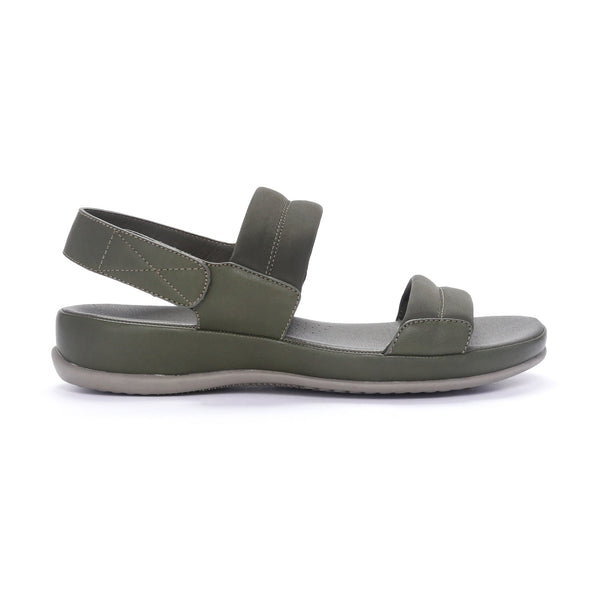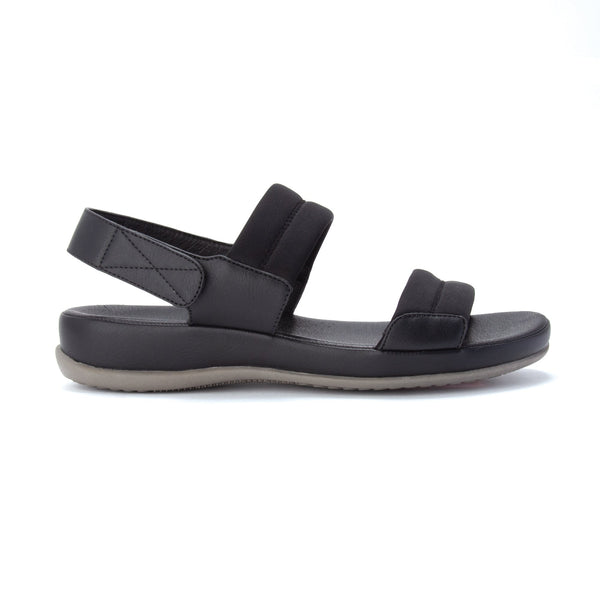Tying All Your Shoes The Same Way? Check Out These Shoelace Styling Techniques to Up Your Shoe Game

In our humble opinion, shoelaces do not receive as much attention as they deserve. The unsung heroes of the shoe world, it is thanks to these understated yet crucial sidekicks that we first figured out how to keep shoes on our feet at all. Archaeological records show that shoelaces have been there from the very beginning. They were already used during ancient history, more than 5000 years ago.
Ever since, shoe and boot lacing techniques have been evolving as shoe fashion has developed. As a result, these days there are all sorts of shoe-tying methods that present creative and diverse ways to fasten a shoe to the wearer’s feet. No longer serving a simply utilitarian function, shoelaces also influence shoe style, and various lacing systems exist to help give shoe fanatics more options.
Today, we will look at some cool shoe-lacing techniques and how to tie shoelaces step by step to achieve the perfect look.
Some interesting facts from shoelace history
Before diving into all the fun things you can do with shoelaces, it is worth noting some fascinating ways they have evolved over the centuries.
It has long been important to know how to tie your shoes properly: In ancient Rome and Greece, poor shoelace tying could lead to mockery. Appearances mattered in these cultures, and badly tied shoes implied carelessness on the part of the wearer.
Shoelaces have been used to signify status: In the Elizabethan era, your shoelaces said a lot about how wealthy you were. The hyper-strict class distinctions meant that the rich wore ribbon laces in their shoes, while the average worker used rawhide for laces.
We have been making shoelaces the same way for 200 years:During the industrial revolution, a process was developed to braid fibres to mass produce stronger, better laces. We now have greater options when it comes to material and colours, but that shoelace braiding process is still essentially identical to how it was 200 years ago.
The modern shoelace
It was also around this time that the shape of laces most similar to today’s shoes first appeared. In 1790, Harvey Kennedy marketed a small part at the ends of the shoelaces known as the aglet, which function is to make it easier to insert them into eyelets.
Of course, as the amount of shoe styles has exploded, different laces have been developed to better suit different needs. Some shoes work better or are more comfortable with certain kinds of laces and lacing patterns. Flat, soft laces are best for hiking, for example, as they push on your pressure points. When it comes to style, a classic Oxford will be made more formal the narrower and rounder or finer the shoelaces.
With so many options, it is always a good idea to research which lacing patterns will best suit your chosen activity or the style you are going for. That way, the fit of your shoe will be geared for the performance or look you are after.
Classic shoe lacing techniques
Here are some of the most common and widely wearable techniques to familiarise yourself with.
Straight lacing: This style is also called “fashion lacing” since it’s casual, clean and relaxed. The loose lacing style gives your foot room to breathe so you can move around easily and comfortably. It is also a good option if your shoelaces are shorter, as it does not require as much length.
Step by step:
You first put the lace through both of the bottom eyelets. You want to make sure both tips are approximately equal in length.
Start by putting in the shoelace at the bottom, straight lace it over, and pull the other end in through the other side.
Take the other shoelace, continue on the right from the inside out, straight lace over to the left, and pull through.
Then, take the other lace again, start from the right, inside out—straight lace over, outside in. And continue with that same lace, and this is where you cross over.
Keep going until your shoe is fully laced.
Cross-Bar Lacing: This is the classic back-and-forth lace you know and love. Since this style crosses more in the back, it takes up more shoelace and is, therefore, the perfect option for shoelaces that are too long.
Step by step:
Here, you start the same way as the straight lace. Then you cross the laces underneath. It is easier to tighten as it gives you more leverage. Start on the right side from the outside in and take it to the other side outside. Make sure they’re about the same length.
Then switch laces and cross again. Finally, take the other lace and cross again at the bottom.
Keep going until you are at the top.
Creative shoe lacing techniques
With a few minutes and a little patience, you can use tons of cool shoe-lacing techniques to take your shoe fashion to the next level.
Bow tie lacing: This is a great minimalist style. It hides the laces by vertically running them up the inside of the shoe before crossing them over on the outside to form simple “bow-ties.” This is a good one for shorter shoelaces, as Bow Tie lacing doesn’t require much.
For even numbers of eyelet pairs, begin straight across on the outside (grey section) and in through the bottom eyelets.
For odd numbers of eyelet pairs, begin straight across on the inside (grey section) and out through the bottom eyelets.
At each eyelet pair, alternate between a crossover on the outside and through the next higher set of eyelets or running straight up on the inside and out through the next higher set of eyelets. Repeat until lacing is completed.
Diagonal lacing: The Diagonal lacing method forms one of the coolest shoelace designs. Also known as the “Double Helix”, this lacing style mimics DNA. The unique design of parallel lines looks perfect when you have a greater number of eyelet pairs.
With the shoe facing you, slip your shoelace above the facing through the right eyelet.
Thread the left shoelace through the bottom left eyelet below the facing of the shoe. Make sure the laces are even.
Take the left shoelace and thread it through the opposite right eyelet. Lace it so that the lace goes from the outside of the facing towards the tongue.
Take the right shoelace and thread it through the left eyelet.
Then thread it through the opposite right eyelet. Lace it so that the lace goes from the outside of the facing towards the tongue.
Repeat steps three through 5 until you have one set of eyelets remaining.
Once you get to the top, lace the shoelace through the top eyelets and below the facing to allow the shoelace to lay flat.
A final word on knots
When you want to add a creative touch to your footwear, remember there are also lots of ways to tie, loop, and twist your shoelaces into fun shapes.
Check out our video tutorial here: http://bitly.ws/ATIT
Butterfly Knot
Check out our tutorial to learn how to create a playful butterfly knot shape. You simply cross over your laces and then make loops for the bow. When making the first bow, it is necessary to go around twice—over, under, over, and under. Then pull tight on the loops to make the first bow. Next, you simply repeat the process and tighten the second bow just enough so it holds securely.
Check out our video tutorial here: http://bitly.ws/ATJ5
Boat Shoe Knot
Often used on boat shoes or moccasins, this style of securing your laces creates decorative coils instead of regular knots. Each end is simply coiled around itself until all remaining lace is consumed. Next, run the end of the lace through the top of the loop and pull the end of the lace while pushing the knot to tighten it.
Tassel knot
To create a simple tassel effect, start by making a square knot by crossing your lace left over right and then right over left over left. Next, form a loop with one of the laces and tie the other lace around the loop three times. Then tuck in the end and tighten it.
As you can see, the right knot can be a very eye-catching way to add a bit of playfulness to your look. We hope you have enjoyed this deep dive into shoelace trivia, tips, and tricks!











